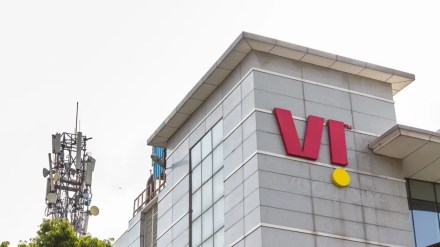Vodafone Idea (Vi) said on Tuesday that it is working closely with the government on a way forward for reassessment of its adjusted gross revenue (AGR) dues. This follows the recent Supreme Court order, which allowed the Department of Telecommunications (DoT) to revisit demands raised up to FY17.
“The government being a 49% equity holder and the government also making it amply clear that in the Indian context, three private players are required (gives hope),” Chief executive officer Abhijit Kishore said during the telecom operator’s earnings’ call. He added that the operator is engaged with the DoT on the next steps after the court’s ruling in October. Kishore, however, did not provide a timeline to when a solution can be reached.
Vodafone Idea’s stock closed 7.68% up on the BSE on Tuesday, a day after it reported its earnings. Its AGR debt, according to the management commentary, stands at Rs 78,500 crore as at September end. Alongside the AGR process, the telco said discussions with lenders remain active as it works to secure long-term funding. The company reiterated that near-term capex needs for FY26 will not require additional capital infusion. “We are not really looking for the external funding for this capex (planned for FY26). It will be done partly through the internal accrual as well as the money that we have,” Kishore said.
The telco deployed capex of Rs 1,750 crore for Q2FY26 and Rs 4,200 crore for the first half of the fiscal, according to its disclosures. For the full year, Vi gave a guidance of Rs 7,500-8,000 crore, a level the management said, would be funded through existing resources.
The company said it remains in talks with banks and NBFCs for a broader financing package tied to its multi-year network expansion plan, while continuing to reduce bank debt, which stood at Rs 1,530 crore at the end of September. The capex in the first half supported Vi’s ongoing coverage and capacity rollout. The operator expanded 4G population coverage to over 84% and completed 5G rollout across all 17 priority circles where it holds spectrum. It also added more than 1,500 new 4G towers during the quarter and upgraded core and transmission networks, as detailed in its filings.
Kishore said the company’s deployment strategy is focused on enhancing reach while strengthening the underlying network for future growth. On capex priorities until long-term funding is finalised, he said, “It will be a mix of capacity and coverage expansion, but it will be more towards the coverage because we have enough capacity as we speak…within the coverage, it will be between the 4G and 5G. And we will need to put some bit of it on the core and transmission as well.”
Vi said the increase in data volume and improvements in user metrics reflect early gains from its recent investment cycle. The company added that expanding coverage to 90% remains a key priority over the coming quarters as device penetration and 5G adoption rise. Kishore added that it expects to reach 90% coverage target through 4G and 5G expansion in the next few quarters, and that the exercise would require a capex of around Rs 4,000 crore.
